One of the most amazing wildflower spots in Northern California is Bear Valley, in Colusa County. While this is a somewhat remote location, the wildflowers are actually very accessible because you don’t have to hike a long distance to see them – you can drive right up to the fields. Here are some views of Bear Valley wildflowers that I’ve compiled from multiple visits over the past 6 years.
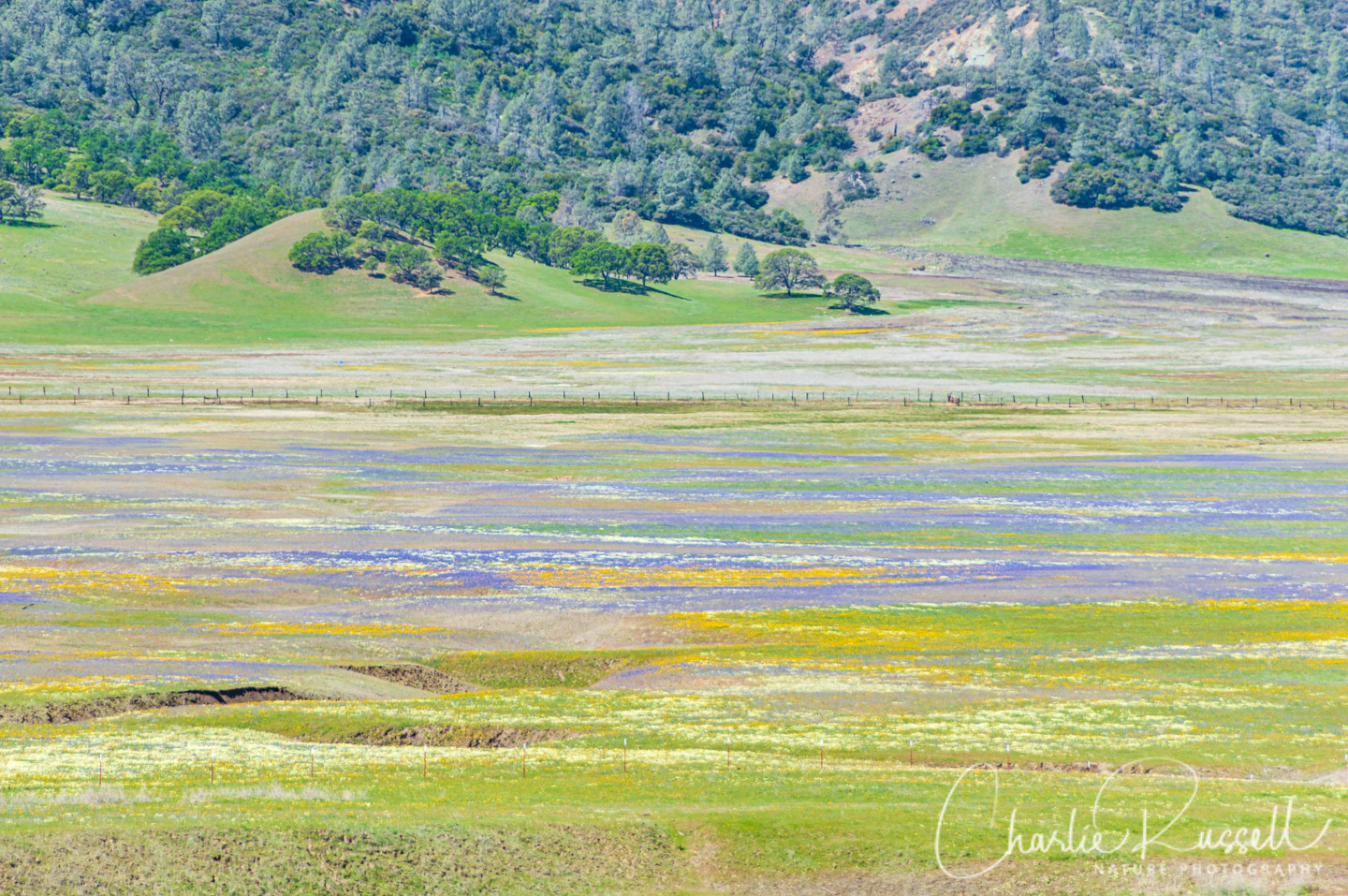
Please note that almost all of the land along this drive is private property, so you need to stay on the roads (and the immediately adjacent area). Don’t cross into any of the pastures. Fortunately, at the top end of the valley you will find a “wildflower access” gate to a pasture in the Keegan Ranch, where they allow folks to come in and enjoy the wildflowers. This is only open for a short time, April and early May usually, when the wildflowers are at their peak.
The Flowers
As you drive up the valley from the south end (which is my preferred approach) you go through a variety of habitats. I’ll give you a few examples of flowers that you’ll see in each section, with more in the galleries at the end. I’ve also posted directions to the road later in this post. Click on the photos to see a larger version.
Bear Valley Road starts at the junction of Highway 16 and Highway 20 in Colusa County. Some years you may see a big display of California Poppies in the meadow on the opposite side.
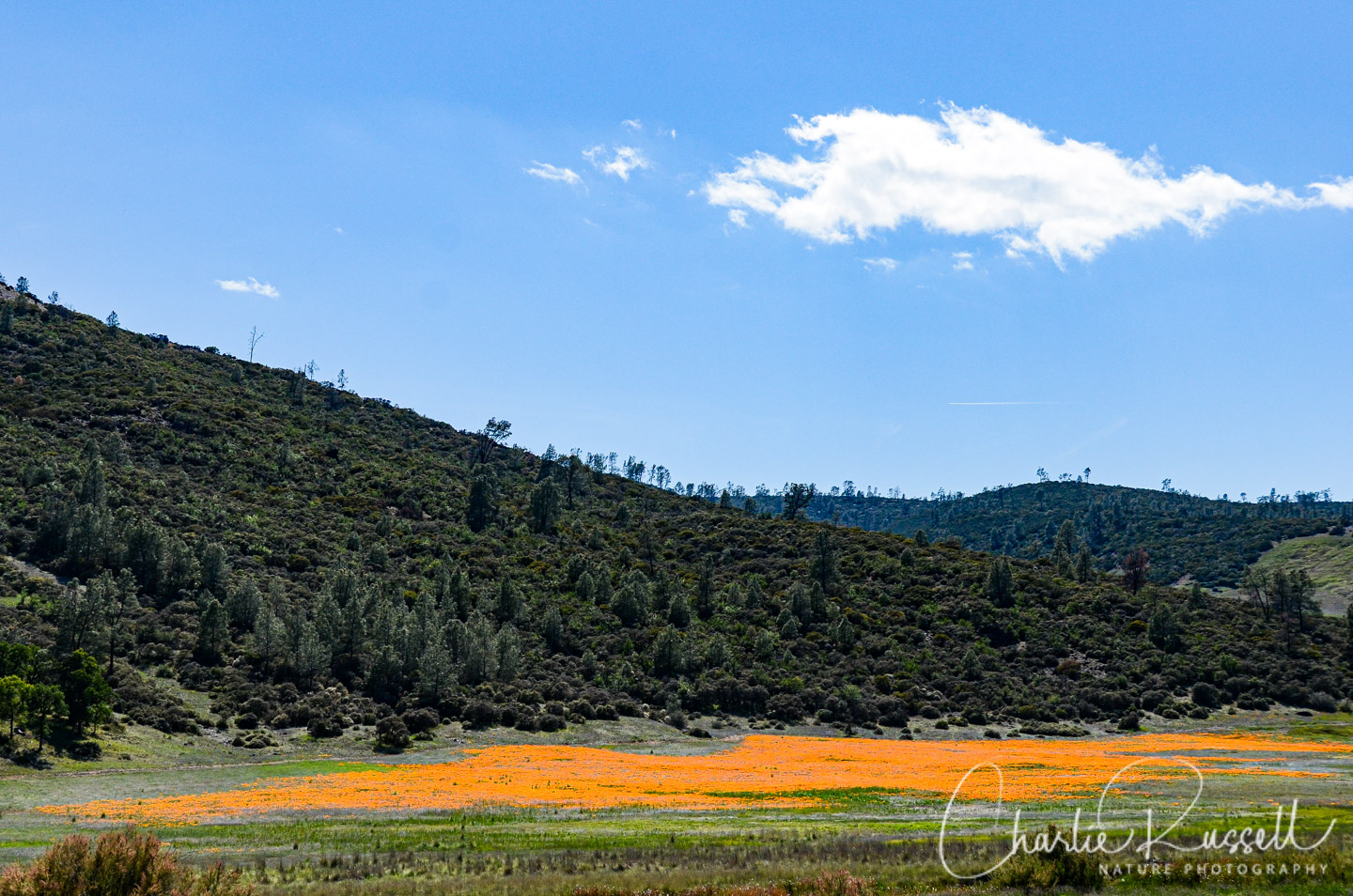
The dirt road takes you through the hills, which are mostly shale and sandstone with scattered serpentine outcroppings. You’ll find a number of species of wildflowers along the road and up in the narrow gullies on the east side. Lots of variety, not a lot of abundance of any particular species. Wide spots for parking are not common, so take care to not block the road.
You’ll find several species of lupine along the road here. This year (2020) the whitewhorl lupine were very showy.

There are several native onion species in this section. They prefer serpentine soils, which are very harsh (more on that later) and tend to be redder than the sandstone/shale areas. Here’s Purdy’s onion (from 2014), a relatively rare species.
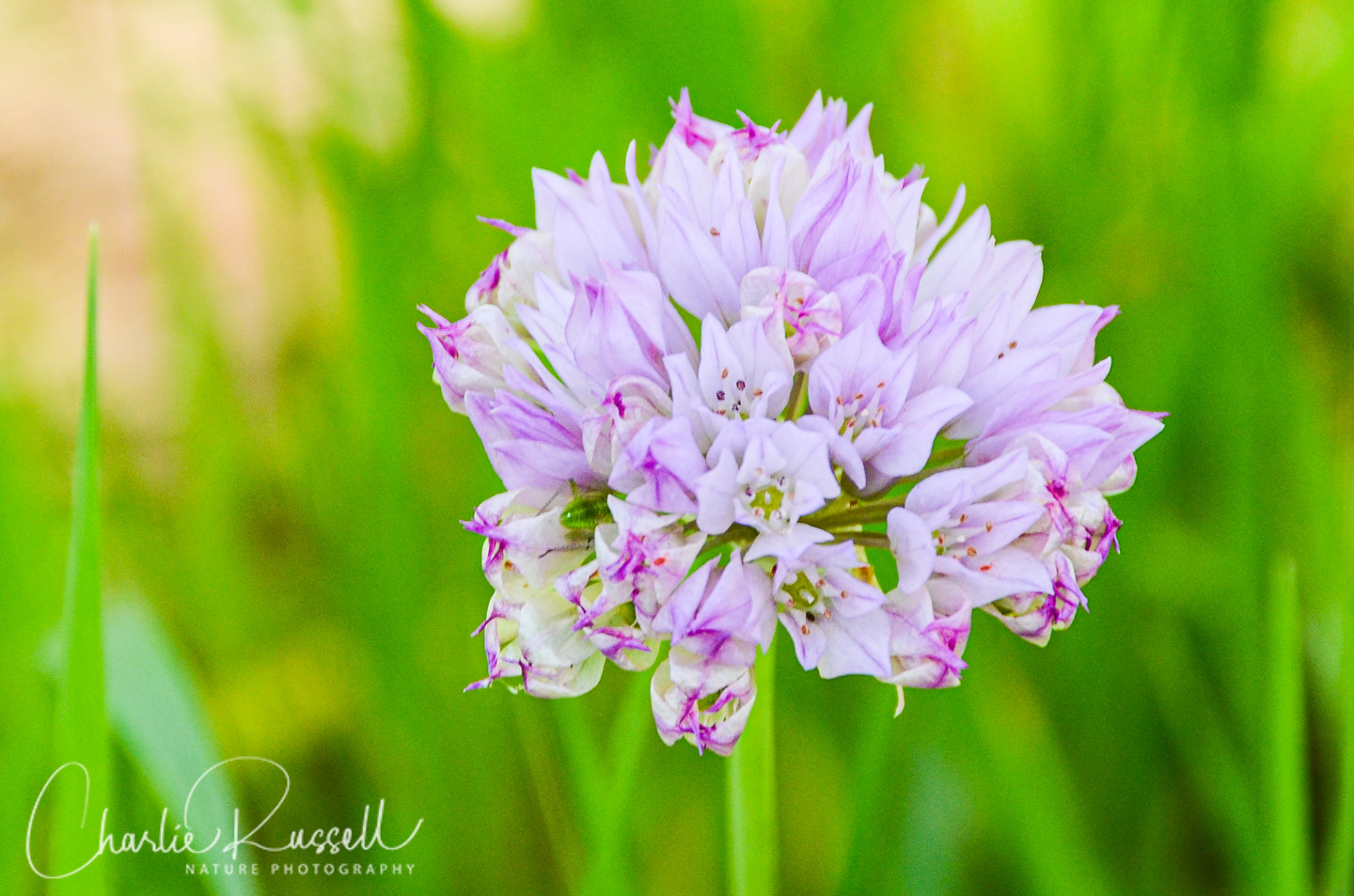
In 2020 the most common onion was Jeweled onion.
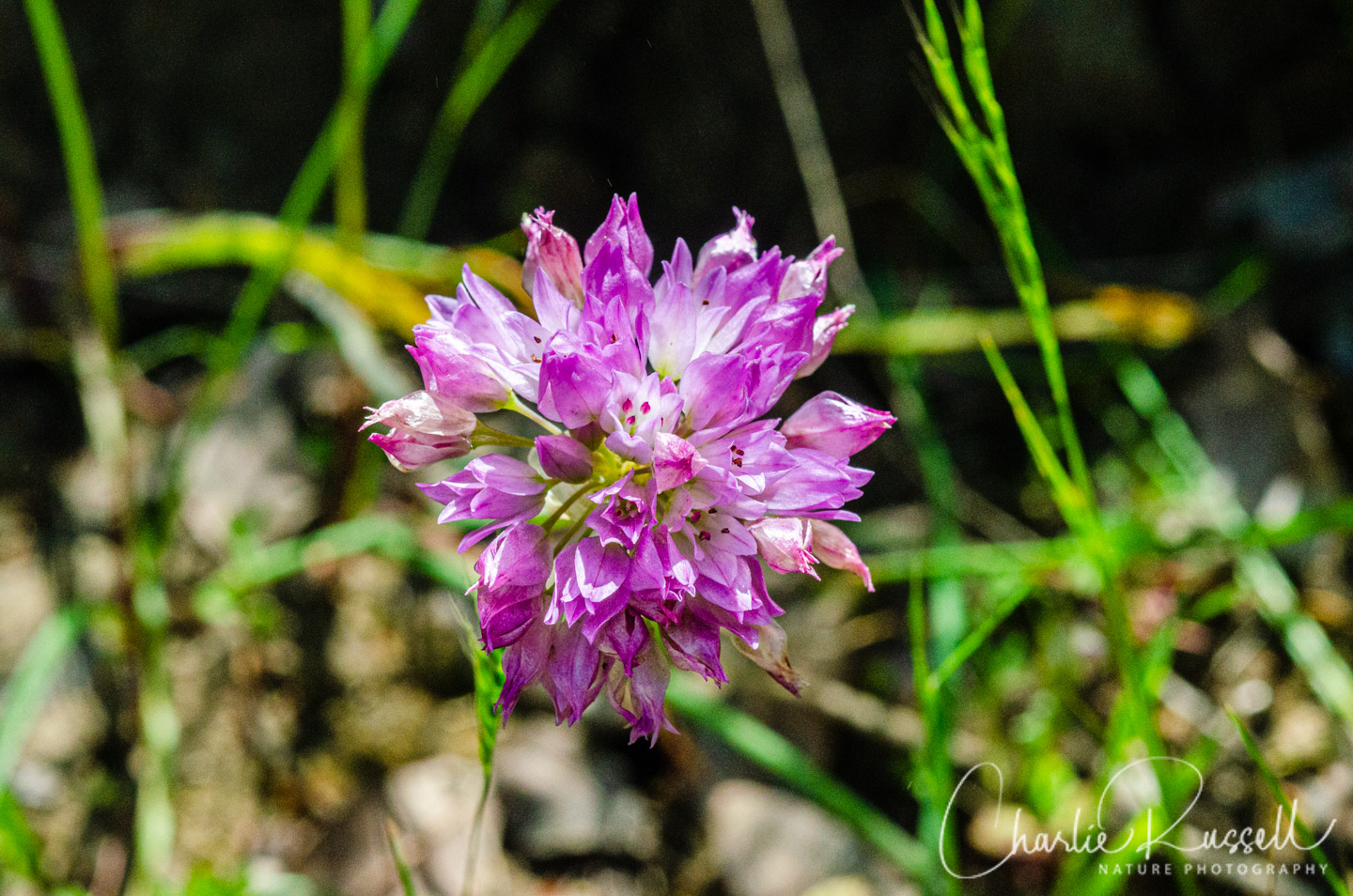
After a few miles you will come out into a more open hilly area, with rolling pastureland. Again, explore from the road, the pastures are private property. Here’s a hillside covered with purple Chinese houses.
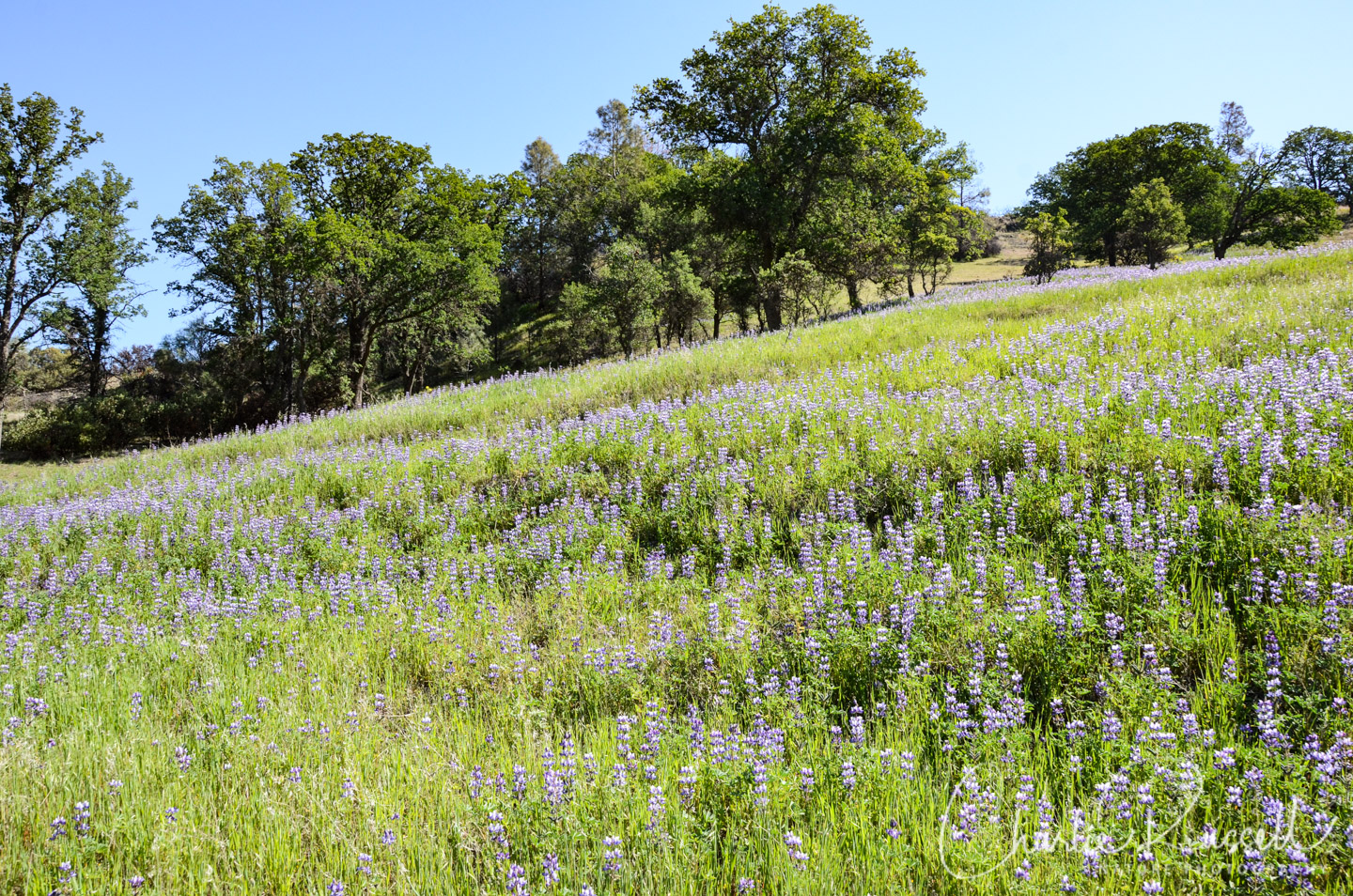
There are several species of Larkspur here, including Royal larkspur.

You’ll also see death Camas (aka star lily), several species are found along the roadside and in the pastures.
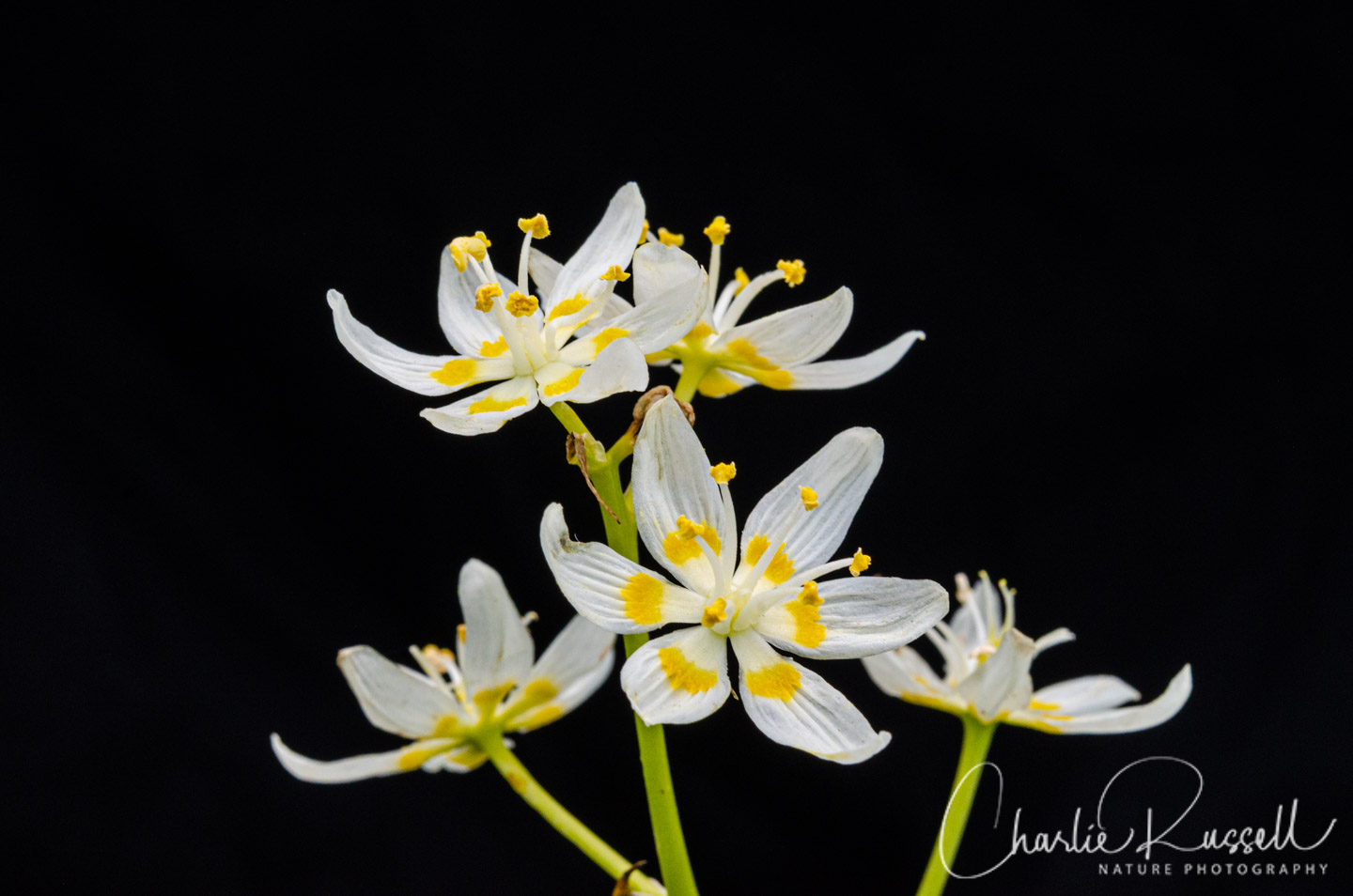
Eventually you come out to the flat valley floor. Again, these pastures are private property, so don’t cross into the fields. There are plenty of flowers to see from the roadside, and later you will get to enter one of the fields.
The display of colors you’ll see varies from year to year, depending on rainfall and temperature patterns. Note that you won’t see this kind of display over the entire valley floor, you will see one area that is very colorful and then another that isn’t. Keep driving north even if things look like they are not blooming, because the next pasture will be different!

Here’s a rare plant, large flowered star tulip, which we found right along the roadside. You have to look closely as you drive along, as these are very low and are found in only a few spots.
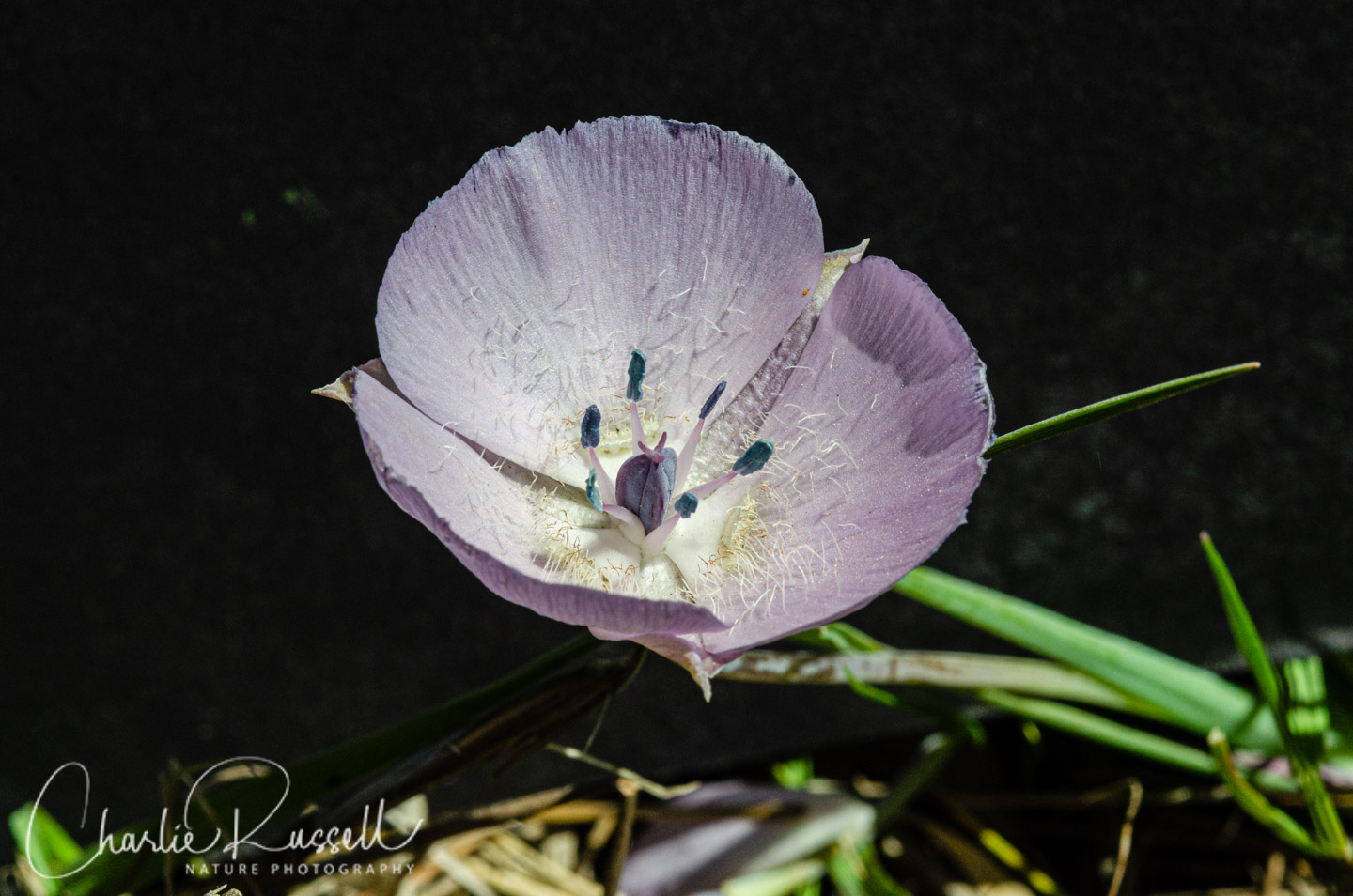
Eventually you will come to the Keegan Ranch. We are very fortunate that they allow people to enter one of their pastures during wildflower season, which lets you get a close look. Look for this sign:

Here’s a view of that pasture from 2020, when it was a mass of tidy tips and goldfields.
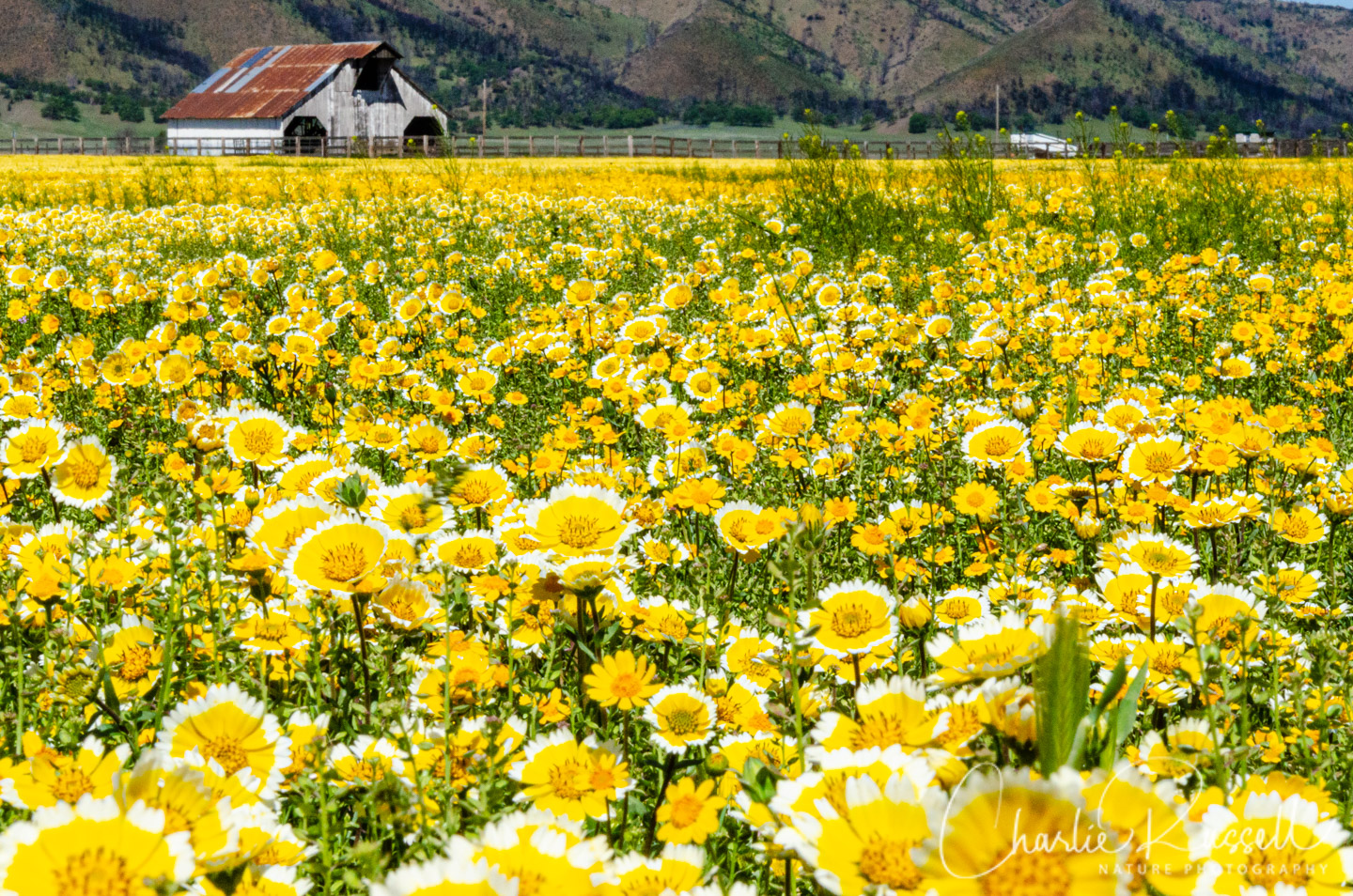
One of the wildflowers that you may find here, which you’ll often see in massive drifts across the valley, is Cream cups.
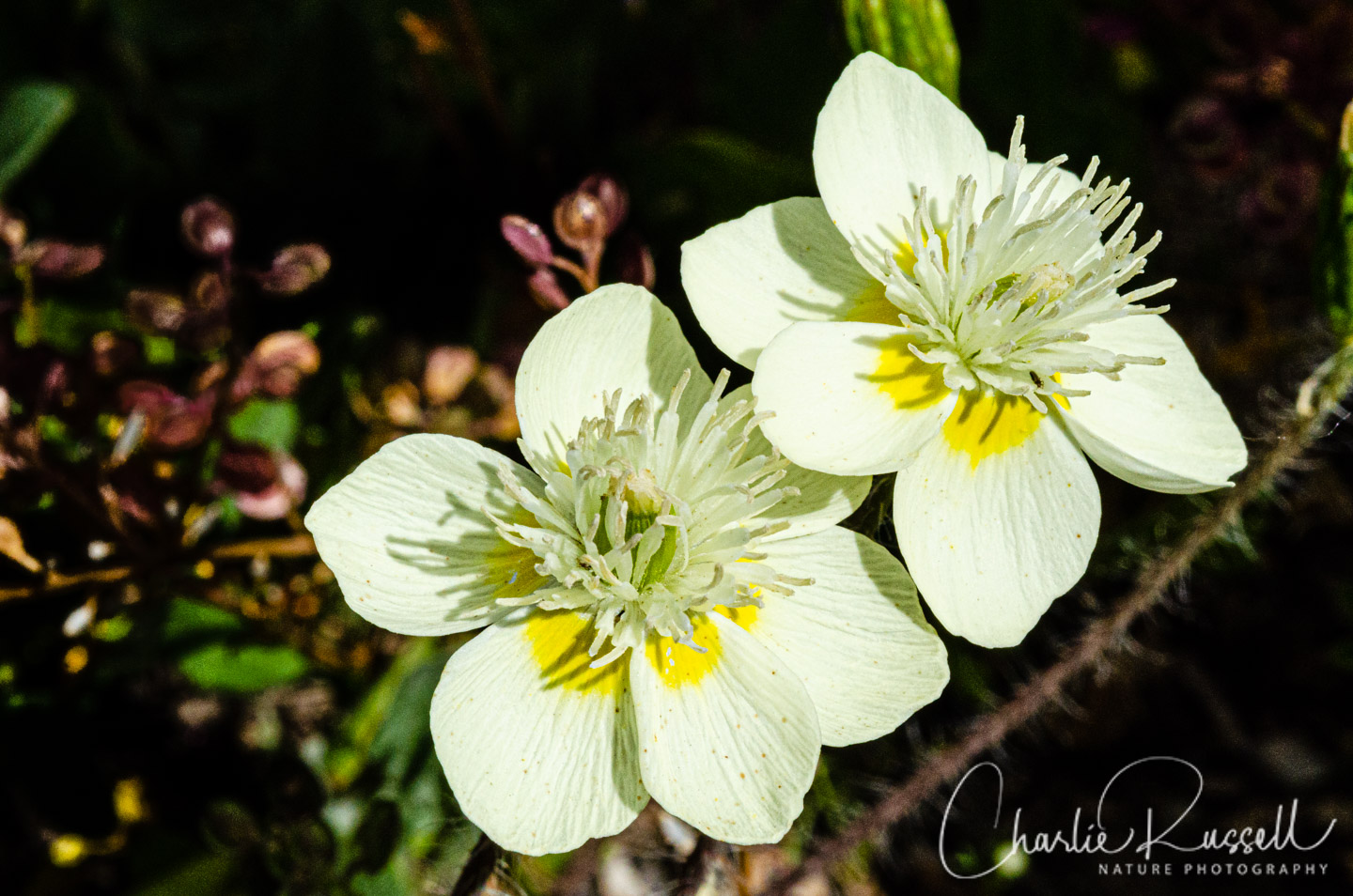
This also is a good spot for Purple owl’s clover (and you may find the white variation of it here, too).
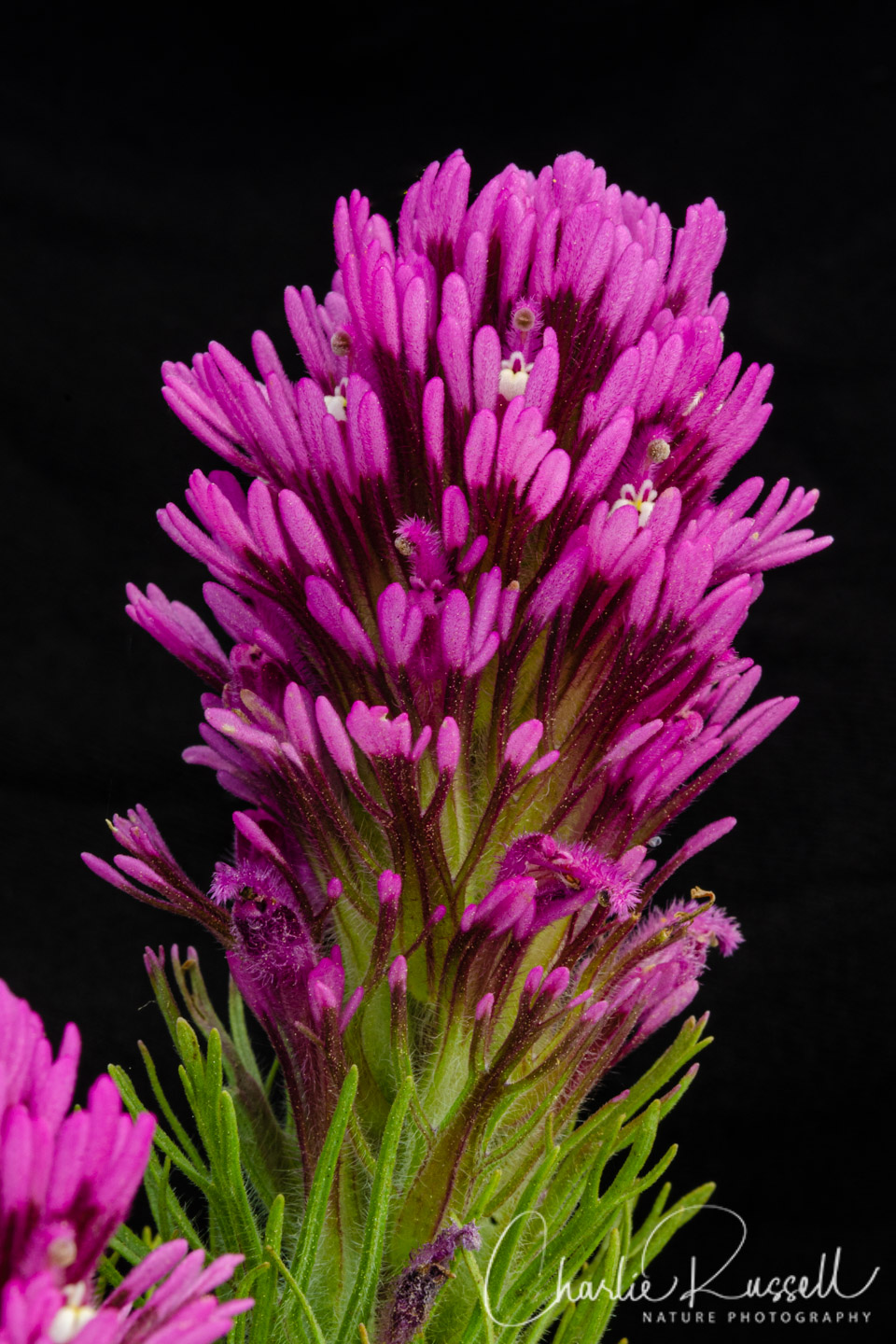
If you click on lightbox image below you will be able to scroll through the photos of the wildflowers that we’ve come across in visits here from 2014 through 2020. You won’t see all of these on any given visit. Every year is different! All photos are available for purchase in a variety of formats.
Here is another gallery of photos that includes landscape shots of different portions of the valley.
Why is Bear Valley so special?
Bear Valley is an amazing wildflower site due to a combination of several factors:
- Isolation: It is far out in the country and accessible via dirt/gravel roads. This discourages people from coming in masses and loving this area to death, even though it gets a lot of publicity some years.
- Geology: There are two features that are readily visible: tectonic activity and serpentine soils.
- Preservation: Much of the land is preserved from development through conservation easements.
- Management: Conservation ranching preserves species diversity by imitating wild grazing animals.
- Native Plant Communities: Start with a diverse population of plants and add all the prior points, and you get one of the best native plant habitats in California!
Bear Valley Geology
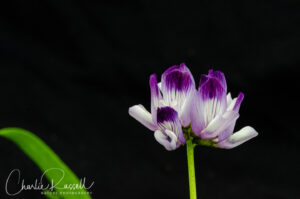
Bear Valley is at the juncture of multiple tectonic plates, which creates a variety of interesting geological features in the area. One of the results of this activity is that ultramafic (serpentinite) bedrock is commonly thrust up to the surface near the edges of these colliding plates. Serpentine soils result from the weathering of serpentinite bedrock.
The ridges that bound Bear Valley (such as Walker Ridge) include large amounts of serpentine soils, and as they erode the alluvial fans in the valley in turn often have high levels of serpentine.
Serpentine soils generally are very poor soils:
- They have a low calcium-to-magnesium ratio
- They have low levels of nitrogen, phosphorus, and potassium
- They have high concentrations of toxic heavy metals, including chromium, iron, cobalt, and nickel
Plants that thrive on serpentine soils are unusual. They are adapted to utilize calcium in soils dominated by magnesium and can tolerate concentrations of cobalt & nickel that are toxic to most plants. This is one of the factors that affects the plant community in the area – invasive (European) non-native plants generally don’t thrive in serpentine soils. Many of the native plants here have a high affinity for serpentine.
Conservation Easement & Management
A large percentage (perhaps all?) of Bear Valley is protected by conservation easements managed by the California Rangeland Trust. At this time 20,089 acres in the Bear Valley have been conserved, including:
- Bear Valley Ranch (12,893 acres)
- Payne Ranch (3,147 acres)
- Keegan Ranch (2,502.30 acres)
- Epperson Place Ranch (1,547 acres)
Conservation easements protect the valley from development, thereby preserving this amazing habitat. In addition, grazing on the ranches is managed in a fashion to mimic wild grazing animal foraging, and to promote native plant growth.
Directions

Note that most areas along the roadside are private property, so don’t wander into the hills or pastures along the way.
The road wanders through the foothills alongside Bear Creek, and you will find scattered pockets of wildflowers along the way. At about the 4 mile mark you will see a turnoff for Wilbur Springs – continue straight (north). You will be staying on this road for the rest of the way.
After another 2 miles (more or less) the landscape opens up to rolling hills, and you may start seeing big displays of wildflowers in the pastures along the way. Some years they are abundant, some years there just isn’t much here.
Eventually you start zig-zagging across the valley, with pastures on both sides of the road. You’ll cross over Bear Creek a couple of times. Different pastures will have different collections of wildflowers, and they can be amazing. About 7 miles in you will see a sign for “Wildflower Access” on the north side of the road – this is the only pasture that you are allowed to enter. Enjoy!
Timing is Everything
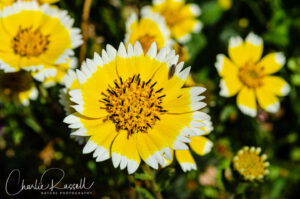
On average, April is the best time to visit Bear Valley for the greatest variety of wildflowers. You will find some species in March, particularly on the hills and ridges around the valley, but for the big flower displays you want to come in April. Peak bloom will vary quite a bit depending on temperatures and rainfall patterns. I’ve had the best luck in mid to late April. Once you get into May things start to dry up, and the Keegan Ranch wildflower access point will be closed. Some years the big displays just don’t occur, but you can still find lots of flowers in scattered locations.
Temperatures are usually in the 70’s to 80’s then (usually), you may get some rainy days. The biggest hassle is that it can be a bit windy there. Note also that in wet years the gravel road into the valley from the south may be obstructed by rockfalls early in the season.
Bear Valley Wildflowers
Here’s a listing of the native plants that we found at this location. This covers multiple visits from 2014 through 2020 (always in April). There are many more in the area than I list here, but every year you get a different collection blooming. The ones listed in color are endemic to California (that is, found only in California). CNPS numbers are ratings for rare plants by the California Native Plant Society (see my explanation of CNPS ranks). In most cases the scientific name will be a link to a reference source such as Calflora.
- Annual mountain dandelion, Agoseris heterophylla
- Arroyo lupine, Lupinus succulentus
- Bird’s eye gilia, Gilia tricolor
- Blue dicks, Dipterostemon capitatus subsp. capitatus (formerly Dichelostemma capitatum ssp. capitatum)
- Blow wives, Achyrachaena mollis
- California buckeye, Aesculus californica
- California goldfields, Lasthenia californica
- California poppy, Eschscholzia californica
- Cream sacs, Castilleja rubicundula ssp. rubicundula
- Chia Sage, Salvia columbariae
- Chick lupine, Lupinus microcarpus var. microcarpus
- Chilean trefoil, Acmispon wrangelianus
- Coastal Tidytips, Layia platyglossa
- Common fiddleneck, Amsinckia intermedia
- Common lomatium, Lomatium utriculatum
- Common madia, Madia elegans
- Common woolly sunflower, Eriophyllum lanatum
- Common Yarrow, Achillea millefolium
- Cream cups, Platystemon californicus
- Cream sacs, Castilleja rubicundula ssp. rubicundula
- Diogenes’ lantern (aka Golden fairy lantern), Calochortus amabilis
- Dotseed plantain, Plantago erecta
- Douglas’ silverpuffs, Microseris douglasii
- Field popcornflower, Plagiobothrys fulvus var. campestris
- Foothill poppy, Eschscholzia caespitosa
- Fremont’s death camas, Toxicoscordion fremontii
- Grassy tarweed, Madia gracilis
- Great valley popcornflower, Plagiobothrys stipitatus
- Ithuriel’s spear, Triteleia laxa
- Jepson’s milkvetch, Astragalus rattanii var. jepsonianus. CNPS 1B.2
- Jeweled onion, Allium serra
- Lacy phacelia, Phacelia tanacetifolia
- Large flowered star tulip, Calochortus uniflorus. CNPS 4.2
- Miniature lupine, Lupinus bicolor
- Narrowleaf onion, Allium amplectens
- Narrow Leaf Mule Ears, Wyethia angustifolia
- Pale western larkspur, Delphinium hesperium ssp. pallescens
- Parish’s nightshade, Solanum parishii
- Pineapple-Weed, Matricaria discoidea
- Pink spineflower, Chorizanthe membranacea
- Pipestem clematis, Clematis lasiantha
- Purdy’s Onion, Allium fimbriatum var. purdyi. CNPS 4.3
- Purple Chinese houses, Collinsia heterophylla
- Purple owl’s clover, Castilleja exserta ssp. exserta
- Purple sanicle, Sanicula bipinnatifida
- Q-Tips, Micropus californicus
- Red maids, Calandrinia menziesii
- Royal larkspur, Delphinium variegatum
- Sanddune wallflower, Erysimum capitatum var. capitatum
- Shining pepperweed, Lepidium nitidum
- Shooting star, Primula species (nif)
- Sky Lupine, Lupinus nanus
- Small Flowered Star Lily, Toxicoscordion micranthum
- Smooth mule-ears, Wyethia glabra
- Smooth tidytips, Layia chrysanthemoides
- Sticky monkeyflower (aka bush monkeyflower), Diplacus aurantiacus
- True babystars, Leptosiphon bicolor
- Varied leaf Phacelia, Phacelia heterophylla ssp. virgata
- Vernal pool popcornflower, Plagiobothrys stipitatus var. micranthus
- Wavy leaf paintbrush (Martin’s paintbrush), Castilleja applegatei ssp. martinii
- Western buttercup, Ranunculus occidentalis
- Whiskerbrush, Leptosiphon ciliatus
- Whitewhorl lupine, Lupinus microcarpus var. densiflorus
- Woodland tidytips, Layia gaillardioides
- Woolly indian paintbrush, Castilleja foliolosa
- Yellowray goldfields, Lasthenia glabrata
The following are non-native plants that we found on the hike as well:
- Clasping pepperweed, Lepidium perfoliatum
- Common Stork’s Bill, Erodium cicutarium
- Herb sophia, Descurainia sophia
- Smallflower tamarisk, Tamarix parviflora
- Winter vetch, Vicia villosa
We also found a number of other interesting things:
- Leafhoppers (on the tidy tips), Family Cicadellidae
- Metallic wood boring beetles, Acmaeodera hepburnii and Acmaeodera acuta
- Spotted Cucumber Beetle, Diabrotica undecimpunctata
- Thrips (on the tidy tips), Family Thripidae
- Western Fence Lizard, Sceloporus occidentalis
































































































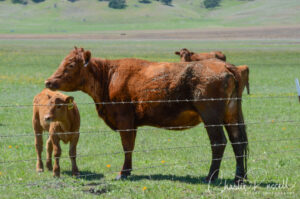
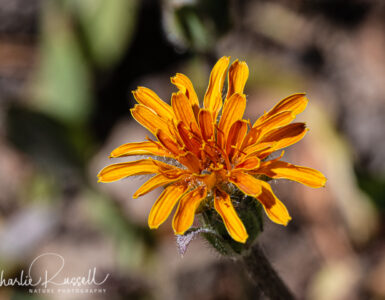
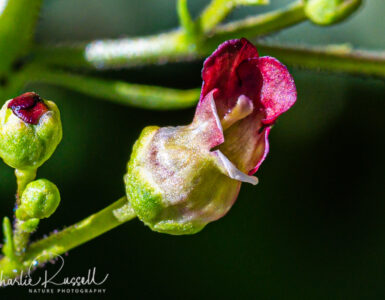
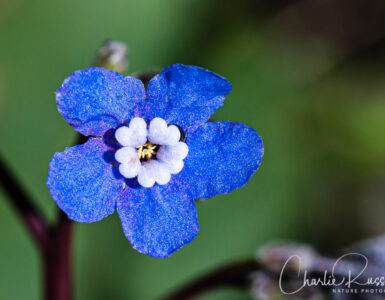
I can come for 5 days early may. Would be lovely to see everyone frolicking in the flowers . ????zhenya and Friday.
Early May could be too late, although it is hard to say. This has been a dry Spring and timing is tough for this spot. I’ve not been out there this year yet, so I don’t know.
But, “frolicking in the flowers”? Please, NO! That kind of activity destroys these sensitive habitats, and ruins the flowers for other people. Plus, the flowers in this area are, for the most part, on private land behind fences, DO NOT cross fences into private lands. There is one spot that is open for part of the year, and you want to treat the place with care.
I was there during a spectacular year, 2007, but numerous trips since then (dry years) there were few flowers. I will certainly go this April with high hopes.
Another beautiful place is Cache Creek Wilderness on Hwy. 20. Also Boggs Lake Preserve in Lake County.
I’ve hit some pretty good years, and some very dry years. Some good years, the good time was very short. This year, my concern is that high water years tend to be really good for the non-native grasses, too. So we’ll see! And in really wet years the road into the valley can be a bit tricky. I also have high hopes.
Lovely info and photos! About to come down and check out Sites CA just NE of here. Was pretty spectacular last year! Scheduled to be flooded for a reservoir in the next 10 years or so, so have to enjoy the flowers as much as possible! Glad to see this valley is just as spectacular, and only a few small ridges over. We drove around Clear Lake last weekend and 20 right by BV road was amazing, as was tge east side of the lake.
Thanks for sharing!
Visited the area last week and the flowers were spectacular. The wildflower access point sign was completely painted over so we stayed off the land but not a problem since there were flowers everywhere.
This is a must see for those who are willing to take the time out for the journey. We do this as a detour on our trip from Oregon to the SF Bay Area. We have traveled to many areas in the Western US and this is one of the finest displays of wildflowers we have ever seen.
Great web site and fabulous images !
Thank you for the compliments! I visited on April 26, the access point was way past prime, very dry, when compared to prior years. The flowers in the valley were very nice, but I have to admit that there have been better years. You visited it when is was very good, but it can be even better! I’m glad that you had a chance to see it.
Amazing. I have done so many trips up to the waterfowl areas and I had never even heard of this, so lets keep it quiet lol I may be too late now in May, but it was a very wet year. I will try to visit this weekend and see what’s there. Who knows, maybe I will run into an elk, deer or pig.
Looks like a good time to grab a milky way too if it is a safe area to be out at night. I’ll check into that while looking for flowers. Might find a nice foreground for the stars. I loved this site. Excited to get up and see what I have been missing all these years. Thank you.
Plz lemmeno when it could be best in Bear Valley this year for wildflowers. Thanks!
Walt, I haven’t been into the valley lately myself, so I’m not sure how things stand. But, two points of information. (1) At the southern entrance to Bear Valley, Bear Valley Road, just west of the junction of Hwy 16 and Hwy 20, there is a corral that you can see from Hwy 20 as you drive by. If that spot is full of tidy-tips, bright yellow and white, it is a good indication that the bloom in Bear Valley itself is going strong. A week ago when I passed by there, nothing blooming. (2) I heard second hand from someone who drove into the valley that it is still early, but that person may have been looking for a big super bloom. I’m thinking that the best is going to be mid April – but that depends on the rain and temperature regime. They didn’t get a lot of FALL rain, which has some bearing on things.
Thank you! If we go, I’ll let you know what we saw.
Should you learn of anything helpful, would appreciate your passing it on.
Thanks again.
We plan to go to Bear Valley on April 12th to see the flowers. Do you think it’s a bit early?
I haven’t been there yet this year. I think that there will be some great flowers, based on a few observations in the area in iNaturalist, but it is hard to say if it will be one of those big spectacular displays. In general, this looks like it is going to be a good year for grass in Northern California, which is not as good for flowers. BUT, it could be nice. I just can’t tell yet.
If you do go, it would be helpful if you could leave a comment here about what you found.
The two previous replies were not shown. I’ll tell you what I saw for sure. Thank you for your information, it’s very helpful. I’ll go to North Table Mountain as well. I went to bear valley once, never have been to North Table Mountain. Don’t know should go northwest to Phantom fall or go southwest to Beatson Hollow. Wish I have good luck:)))
I was just at North Table Mountain a few days ago. Not as spectacular as some years, but still very good. Check the weather, it was cold and windy when we visited. Get there early in the day, the parking gets full very quickly. If you can’t get in the parking lot, DO NOT park with your wheels on the pavement of the street, you will be towed. Weekends will be crazy busy.
Since I’ve written my articles in this blog, the fences have changed. I need to update the articles. But, head towards Ravine/Phantom Falls, very pretty. It is harder to get to Beatson Hollow because of the fences, you have to go around. I don’t expect that the flowers will be as good there, anyways, this year.
Thank you so much. I’ll get to parking lot before 8 am.
The wildflowers in Bear Valley this year are lackluster. Only wildflower access nearby has good flowers, but almost all are yellow ones. The multi-branched tamarisks on both sides of the creek are in bloom and the scenery is very pleasant though.
I’m not surprised – as I travel about that county (and nearby) I’m seeing mostly yellow, and a LOT of grass. Not the best year other than a few limited spots. I’ve seen some very nice photos of individual flowers from the area (if you look really hard to find them), but no big displays. Thanks for letting us know.
We e-mail’d each other around 6 months ago about you possibly coming to our ranch in Bear Valley, Colusa County for off the road photos. The flowers are beginning to bloom and looking good. The starting colors are now yellow, purple and some white. Probably the 2nd week in May there will be more color and beauty. If you are still interested in meeting possibly in Williams and joining us to the ranch for off the main roads photos that would be fun.
Just let us know, the invite is there
I went last year in mid May and it was over. Flowers were drying or dried up by mid May. Maybe every year is different. I had planned on taking a ride up there a week ago, but poor reports changed my mind. Good luck.
Angelo, every year is very different, and the timing is really hard to predict. This year’s water and temperature regime is very different than last year’s, so we are seeing different results. It is a good year for grass. Also, it does depend on what you are interested in. My photography tends to be of individual flowers, closeups. I’m not doing as many landscapes. This year, I visited Bear Valley on April 16. I was very pleased with the bloom, as far as individual flowers and small displays. Mostly yellows and whites, not a lot of contrasting blue/purple. If you were looking for big fields full of color, landscape shots, it wasn’t really at that stage. However, things were getting started, and it could have been heading towards nice landscape shots. But, again, mostly yellows and whites, and not in all the pastures. So I guess it depends on what you are looking for – I had a lot of fun.
Thank you, Judy. I responded directly
Just got back from Wilbur Hot Springs and the wild flowers were great (Apr 21 thru Apr Apr 25). I just can’t do the side of the road thing, I prefer to pay for and have access to their 1800 acres. A lot of different wild flowers on their trail system (we hiked easily 30 miles over a 3 day period). After our hike, we had a great soak in their thermal waters (and then a bunch of beer, its definitely not puritanical). Coming down from Oregon, the place is actually a deal for what you get, though it is not for everyone. There was one valley where it was carpeted in those yellow flowers. Also lots of purple ones in the tall grasses. We also saw Indian Paint Brush, bright red which seems to occur in the higher elevations. We’ve been going there for years but never hiked as we fear rattle snakes (didn’t see any until our last day leaving). I think we will invest in some sort of gators as I really don’t need to deal with that outback. It was really nice seeing this valley extremely green – we used to go later and everything is brown and dusty. I guess I’ve just become more of an Oregonian over the years….
Wilbur Hot Springs certainly is an interesting place. I was there just a few days before you, although I was only in the resort (not the trails) because I was presenting some lectures to a California Naturalist class that was held at the resort. It certainly isn’t a spot for everyone. Nice to hear that the flowers were good there. Note that there is a spot in Bear Valley that you can walk out into the flower fields, on the north end.